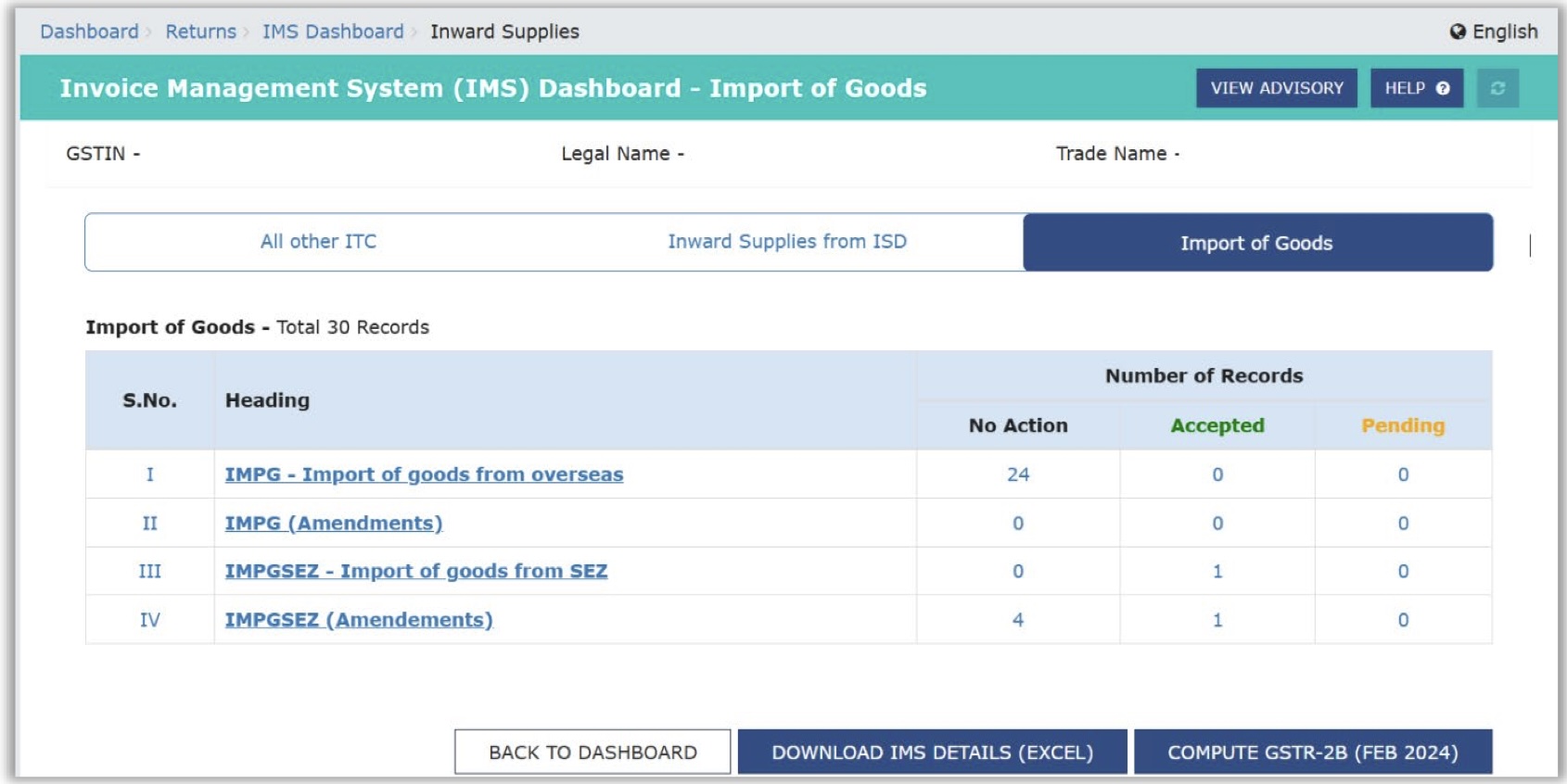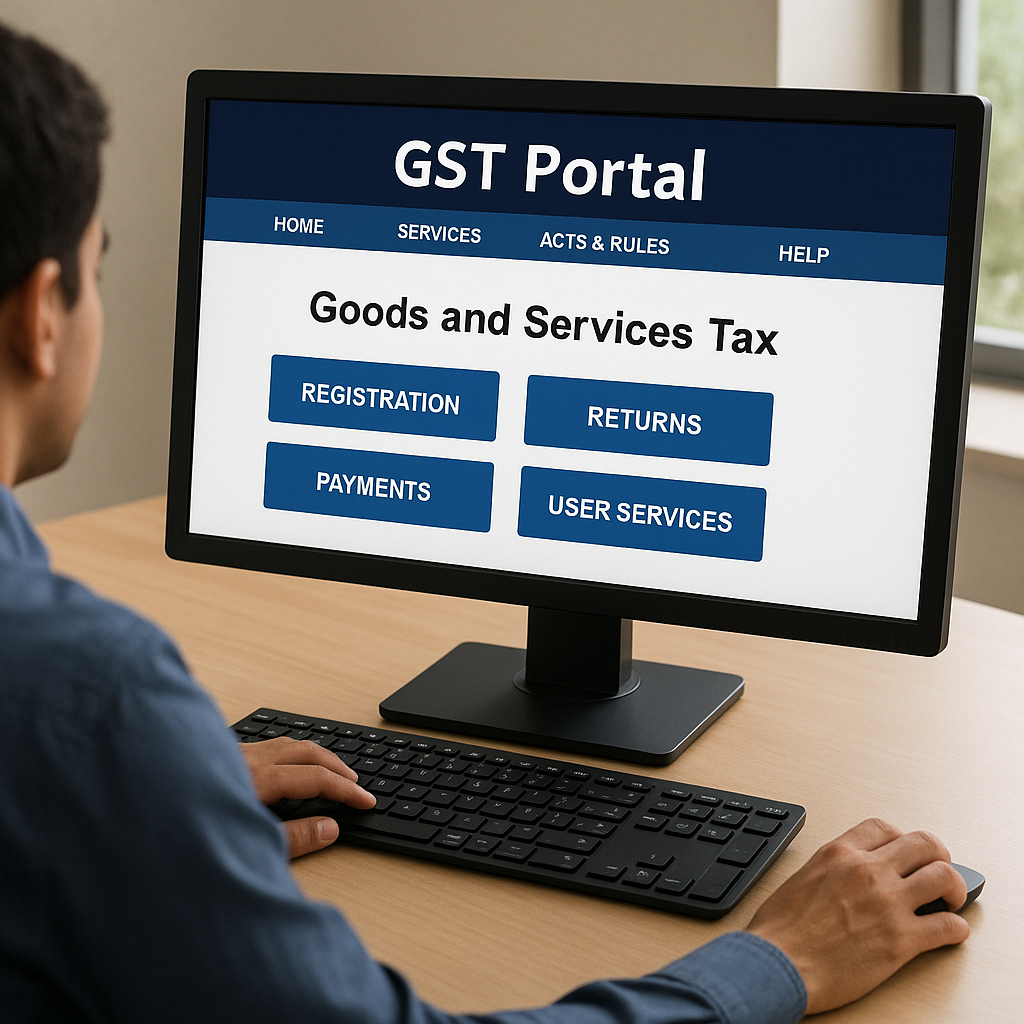Agricultural income in India has long enjoyed a special status under the Income Tax Act, 1961. While it is exempt from income tax under Section 10(1), certain nuances and indirect tax implications apply, especially for taxpayers whose non-agricultural income exceeds the basic exemption limit.
With Income Tax Return (ITR) forms for AY 2025–26 (FY 2024–25) now released, the government has introduced new reporting requirements for taxpayers whose agricultural income exceeds ₹5,00,000. This move enhances transparency and strengthens data collection on land-related earnings.
✅ What Qualifies as Agricultural Income?
As per Section 2(1A) of the Income Tax Act, agricultural income includes:
- Rent or revenue derived from land located in India and used for agricultural purposes.
- Income from agriculture operations, including processing of agricultural produce.
- Income from farm building required for agricultural operations.
Note: Agricultural land should be located in India and not used for any commercial or industrial purpose unrelated to agriculture.
🔍 Is Agricultural Income Taxable?
✅ Exempt under Section 10(1), BUT…
- Agricultural income is fully exempt for tax computation if:
- Your total income (excluding agri income) is less than or equal to the basic exemption limit.
- However, if your non-agricultural income exceeds ₹2.5 lakh (individual) / ₹3 lakh (senior citizen) / ₹5 lakh (super senior citizen), then:
- Agricultural income is included for rate determination using a method called partial integration (only if agri income > ₹5,000).
🔁 Partial Integration Rule
Used to prevent tax avoidance by combining agricultural and non-agricultural income.
Applicable when:
- Agricultural income exceeds ₹5,000
- Non-agricultural income exceeds the basic exemption limit
Tax is calculated in two steps:
- Add both agri and non-agri income → calculate tax.
- Calculate tax on agri income + basic exemption limit.
- Tax Payable = Step 1 – Step 2
🆕 What’s New from FY 2024–25 (AY 2025–26)?
📌 New Disclosure Requirement in ITR:
If an individual or HUF has agricultural income exceeding ₹5 lakh, then complete details of agricultural land must be reported in ITR, including:
| Required Information | Description |
|---|---|
| Ownership | Whether land is owned, leased, or held under other arrangement |
| Location | State, District, Tehsil, Village, PIN Code |
| Area | Measured in acres |
| Land Type | Irrigated / Non-irrigated |
| Document Details | Khasra / Khatauni / Survey No. |
| Source of Income | Crop cultivation, plantation, or other agricultural activity |
This requirement is applicable for:
- ITR-2, ITR-3, and ITR-5
- Only if agricultural income exceeds ₹5 lakh
📄 Example
Mr. X earns:
- ₹8 lakh from salary
- ₹6 lakh from agricultural land
Due to agri income > ₹5,000 and other income > exemption limit, partial integration applies.
Since agri income > ₹5 lakh, Mr. X must furnish full details of agricultural land in the ITR.
🚫 Misuse & Department’s Rationale
In the past, taxpayers misused the agricultural income exemption route by declaring fake agri income to reduce tax liability.
This led the Income Tax Department to tighten disclosures and cross-verify with land records.
With the 2024–25 ITR changes, land-wise disclosures will help:
- Curb fake agricultural income claims
- Match income with land records (possibly integrated with DigiLocker or state revenue portals in the future)
📌 Key Points to Remember
- Agricultural income is exempt but must be disclosed if it exceeds ₹5,000 and you have taxable non-agri income.
- From FY 2024–25, land details are mandatory if agri income exceeds ₹5 lakh.
- Partial integration may increase tax liability.
- Misreporting can attract notices, scrutiny, and penalties.
✍️ Conclusion
Agricultural income still enjoys tax exemption but now comes with greater accountability. If you or your clients have substantial income from agricultural sources, it is essential to maintain proper records of land and produce.
The FY 2024–25 changes emphasize the need for accurate disclosure in ITRs to ensure smooth processing and avoid unnecessary tax scrutiny.
Visit www.cagurujiclasses.com for practical courses











